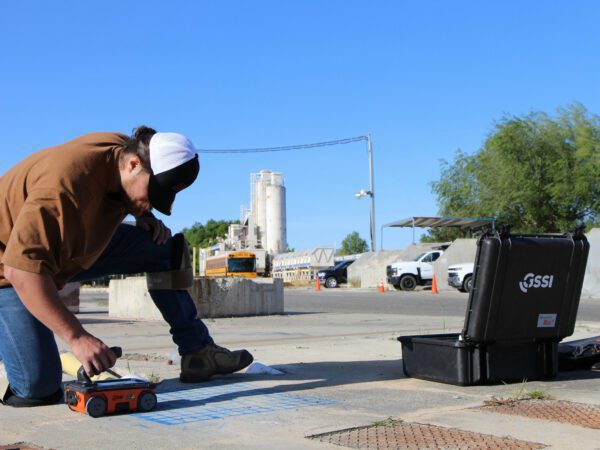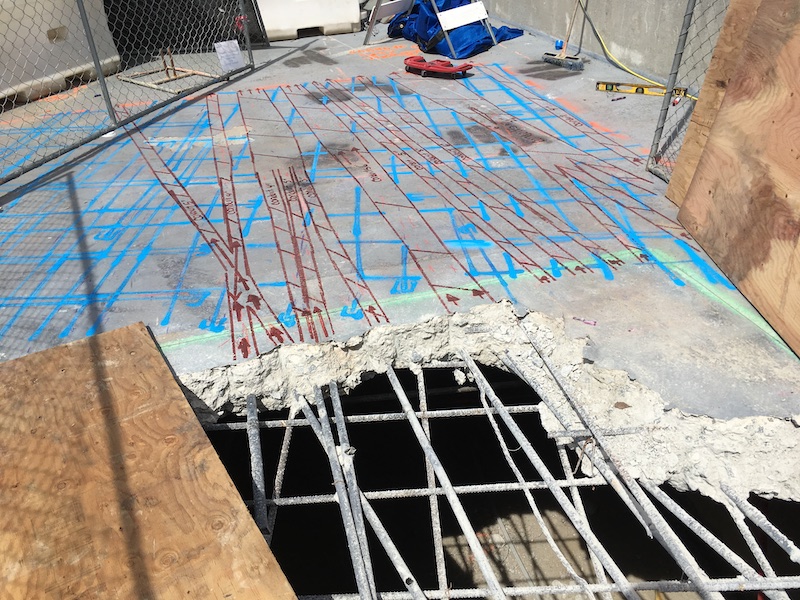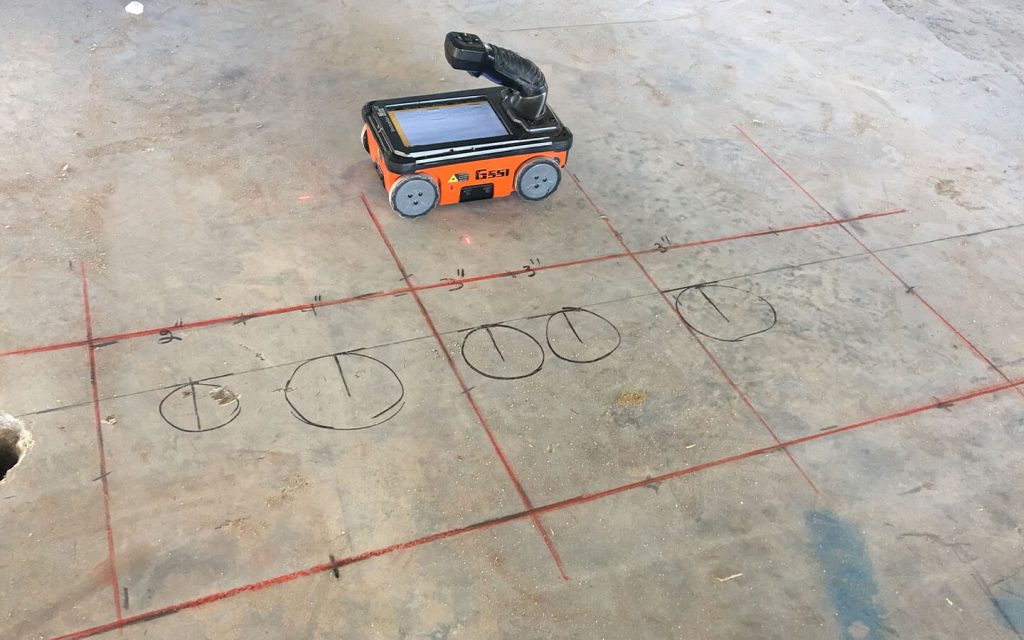Accuracy and Accuracy in Concrete Scanning Solutions
Accuracy and Accuracy in Concrete Scanning Solutions
Blog Article
Unveil the Transformative Power of Concrete Scanning in Taking Full Advantage Of Efficiency and Safety And Security
Concrete scanning has emerged as a vital device in the construction sector, providing unrivaled benefits in enhancing job effectiveness and guaranteeing security standards. The transformative power of concrete scanning exists in its ability to provide real-time information and thorough understandings, changing how jobs are planned and performed.
Importance of Concrete Scanning
Making certain the architectural honesty and security of construction projects begins with the essential action of conducting comprehensive concrete scanning. Concrete scanning is a non-destructive approach utilized to detect and map subsurface aspects within concrete frameworks. This procedure is necessary in identifying prospective threats, such as rebar, post-tension wires, and avenues, that might be concealed within the concrete. By utilizing sophisticated innovations like ground-penetrating radar (GPR) and electro-magnetic induction, building groups can accurately find these aspects without triggering any kind of damages to the framework.
Additionally, concrete scanning assists in enhancing project timelines and budget by avoiding unanticipated prices and delays that may emerge due to unexpected obstructions within the concrete. Ultimately, spending in thorough concrete scanning is an aggressive technique that enhances both efficiency and security in building and construction projects.
Exactly How Concrete Scanning Functions
Concrete scanning operates as a critical device in construction projects by using innovative modern technologies to detect and map subsurface aspects without causing architectural damages. Ground Permeating Radar (GPR) and Electromagnetic Induction (EMI) are two main approaches made use of in concrete scanning.
During the scanning process, the information accumulated is examined in real-time, enabling prompt identification of possible dangers or barriers beneath the surface. By using these sophisticated modern technologies, concrete scanning significantly minimizes the danger of costly damages and injuries on building websites.
Benefits of Concrete Scanning
One of the main advantages of concrete scanning is the capability to find and situate ingrained items such as rebar, post-tension cables, and channels precisely. Concrete scanning aids in planning and designing extra successfully, as it offers accurate information regarding the place and depth of structural elements.

Situation Research Studies: Concrete Scanning Success

In one more case, a building firm used 3D concrete scanning to analyze the condition old concrete structures in a historical building. The detailed scans provided important insights right into the level of deterioration and helped prioritize maintenance initiatives properly. By proactively resolving areas of issue recognized via scanning, the firm had the ability to prolong the lifespan of the structure and make certain occupant security.
These study highlight the transformative power of concrete scanning in enhancing performance, accuracy, and security in building jobs.
Executing Concrete Scanning in Projects
Executing advanced scanning technologies during building tasks has become increasingly vital for enhancing precision and security. By integrating concrete scanning into task planning and execution, building teams can identify possible dangers, such as rebar or post-tension cable televisions, concealed within concrete frameworks. This aggressive approach minimizes the threat of accidents, delays, and pricey rework, eventually causing extra effective task timelines and spending plans.
To apply concrete scanning successfully, job supervisors must team up carefully with seasoned scanning experts to determine one of the most appropriate scanning strategies for the certain job requirements. Engaging scanning experts from the beginning of a job allows the group to develop comprehensive scanning strategies that attend to essential areas of issue and guarantee detailed information collection.
In addition, incorporating concrete scanning right official site into routine task operations can improve decision-making processes, as real-time check data offers immediate understandings into the problem of concrete frameworks - Concrete Scanning. This data-driven method helps with notified analytical and allows teams to make modifications immediately, fostering a society of performance and security throughout the project lifecycle

Final Thought
To conclude, concrete scanning plays an essential function in enhancing performance and security in building and construction projects. By using sophisticated technology to identify and map out underlying frameworks within concrete, this process helps to stop costly blunders, ensure architectural integrity, and Source decrease dangers on website. With the capacity to discover covert aspects and supply precise data, concrete scanning verifies to be a valuable device for optimizing task end results and making best use of general success.
Concrete scanning is a non-destructive technique utilized to detect and map subsurface aspects within concrete frameworks. Additionally, concrete scanning helps in optimizing job timelines and budget by staying clear of unexpected costs and delays that may arise due to unpredicted obstructions within the concrete. One significant situation research study includes a large-scale renovation project where concrete scanning played an important role in making sure job success.In another case, a construction firm made use of 3D concrete scanning to evaluate the condition of maturing concrete frameworks in a historic building. By incorporating concrete scanning into project planning and execution, construction groups can recognize potential dangers, such as rebar or post-tension cable televisions, hidden within concrete structures.
Report this page